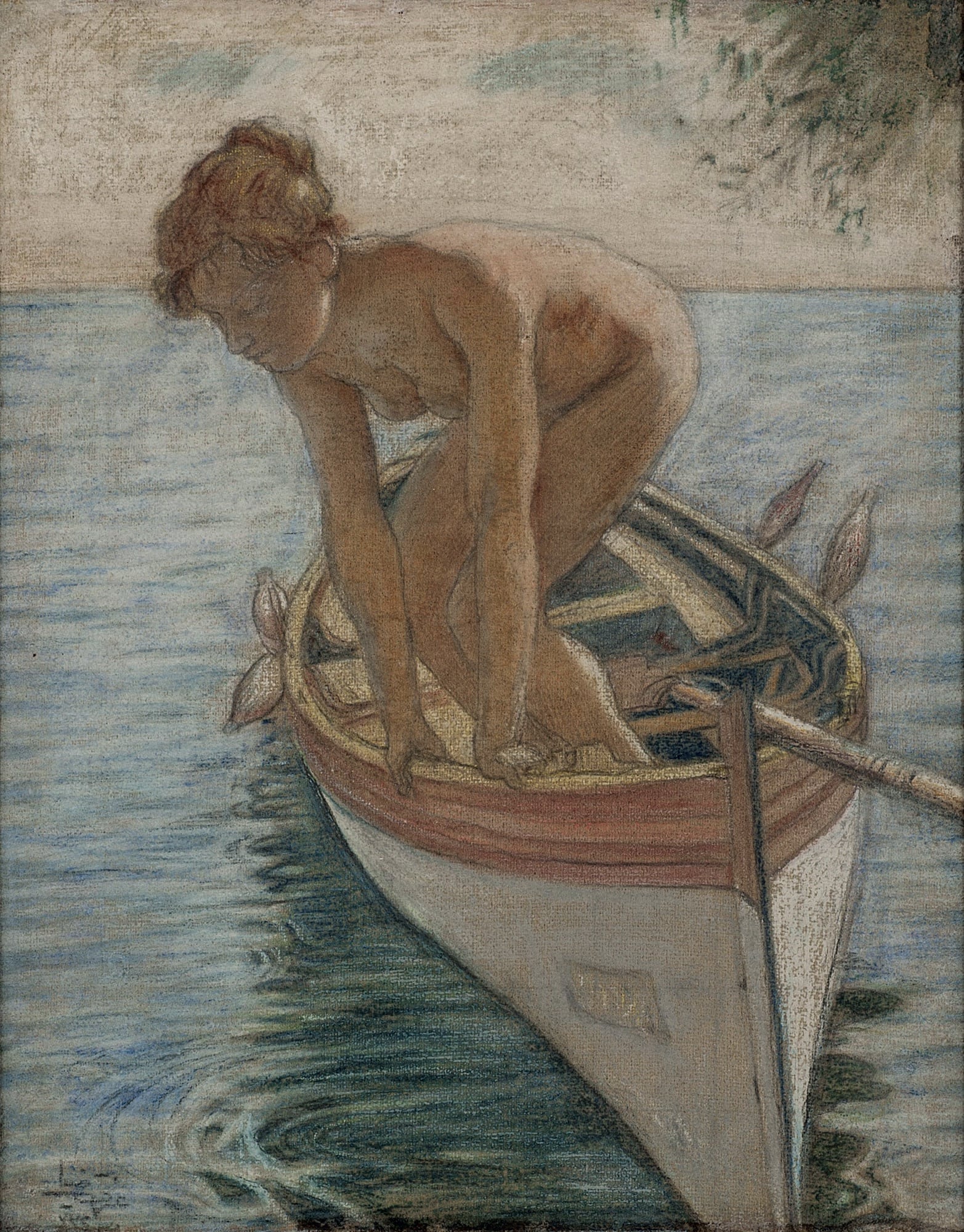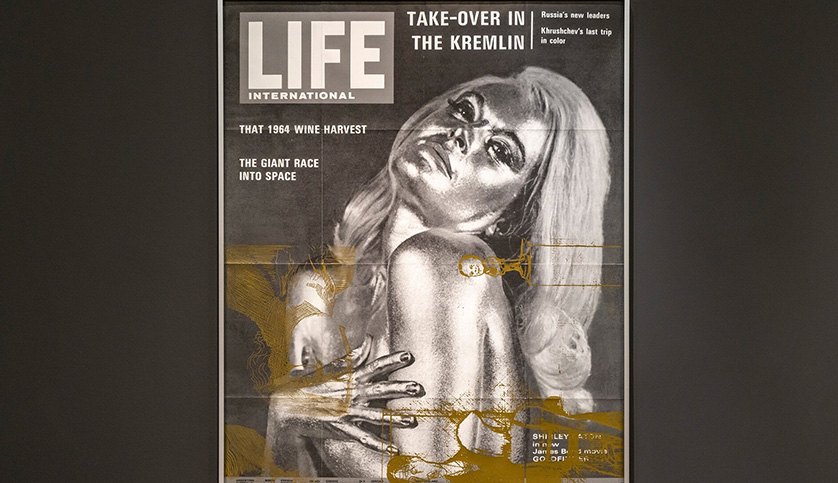Guided Tour
May 28, 2015 / 19:00
In this tour, organized in the context of the exhibition Cecil Beaton: Portraits, writer and photographer Merih Akoğul discusses Beaton’s place in the tradition of portrait photography. Having carried this genre to a different level with his intuitive approach and unique style, leading 20th-century photographer Beaton is presented through the portraits he captured of actors, writers, artists, politicians, and royal family members.
Admission: 30 TL
(Free for Friends of the Museum)
Please email peradostu@peramuzesi.org.tr to book your place. Please note that the tour language is Turkish.
Temporary Exhibition
One of the most significant and multi-faceted photographers of the 20th century, Cecil Beaton’s (1904-1980) captivating portraits were exhibited for the first time in Turkey at Pera Museum.
Click for more information about the exhibition.


Martín Zapater y Clavería, born in Zaragoza on November 12th 1747, came from a family of modest merchants and was taken in to live with a well-to-do aunt, Juana Faguás, and her daughter, Joaquina de Alduy. He studied with Goya in the Escuelas Pías school in Zaragoza from 1752 to 1757 and a friendship arose between them which was to last until the death of Zapater in 1803.

Men were the first nudes in Turkish painting. The majority of these paintings were academic studies executed in oil paint; they were part of the education of artists that had finally attained the opportunity to work from the live model. The gender of the models constituted an obstacle in the way of characterizing these paintings as ‘nudes’.

Inspired by the exhibition And Now the Good News, which focusing on the relationship between mass media and art, we prepared horoscope readings based on the chapters of the exhibition. Using the popular astrological language inspired by the effects of the movements of celestial bodies on people, these readings with references to the works in the exhibition make fictional future predictions inspired by the horoscope columns that we read in the newspapers with the desire to receive good news about our day.
Tuesday - Saturday 10:00 - 19:00
Friday 10:00 - 22:00
Sunday 12:00 - 18:00
The museum is closed on Mondays.
On Wednesdays, the students can
visit the museum free of admission.
Full ticket: 300 TL
Discounted: 150 TL
Groups: 200 TL (minimum 10 people)